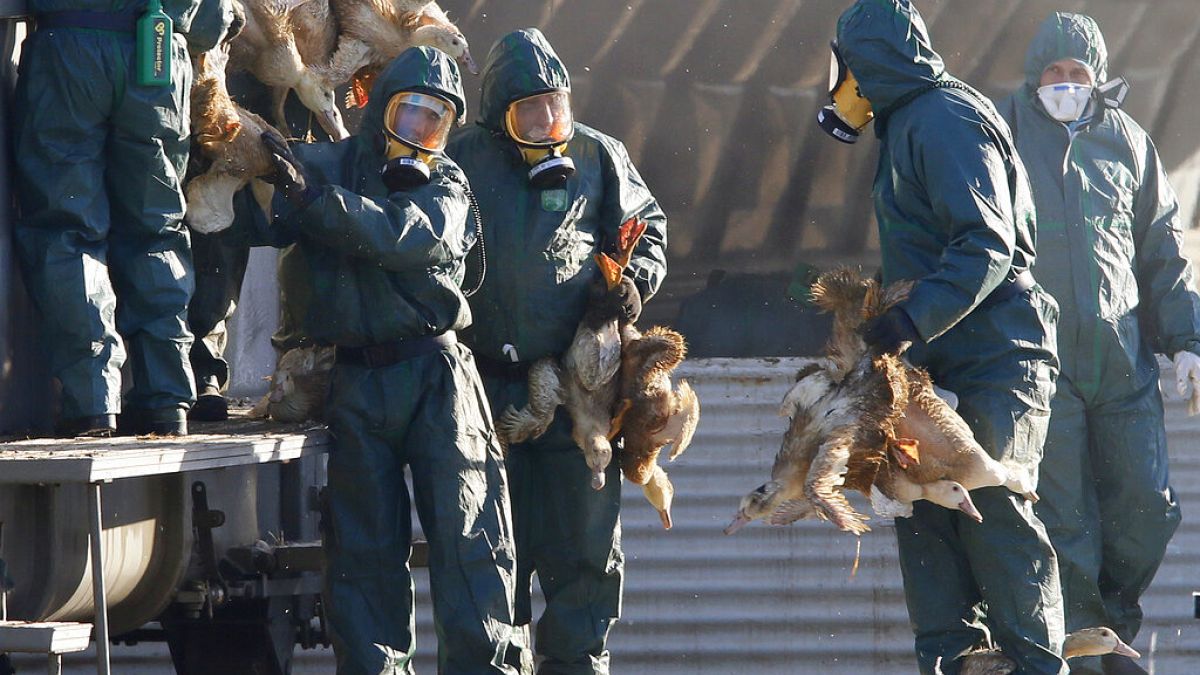While the number of avian influenza outbreaks has decreased in Europe, health and food safety authorities recommend increasing surveillance given bird migrations after the summer. “There is reason for increased awareness but not for increased concern,” said Pamela Rendi-Wagner, director of the European Centre for Disease Prevention and Control (ECDC) in a statement, adding that it was important to stay alert and proactive as “this threat to human health should not be underestimated”. While several outbreaks of avian influenza have been detected on farms around the world - with recent reports coming from farms in the United States - transmission to humans is still rare and limited to those in close contact with infected animals and contaminated spaces.
Avian influenza is a highly contagious viral disease that occurs mainly in poultry and wild water birds. It can be high or low pathogenic (HPAI/LPAI) depending on its ability to cause severe disease or mortality to the host organism. HPAI is fatal to domestic poultry and can wipe out entire flocks in a matter of days, whereas LPAI strains typically cause few or no signs of disease.

The European Food Safety Authority (EFSA) reported that the HPAI epidemic was most observed in terms of the geographical spread of poultry outbreaks and the number of dead wild birds. The agency also noted an increase in the range of species affected by the virus. As of the latest data available on 20 June, 14 new human cases with avian influe.























